The need to improve the quality of human resources in elderly healthcare in the context of a declining economy .
The "silver economy" encompasses all economic activities, products, and services related to the elderly. The elderly are not only a group needing care and protection, but also a crucial resource in the nation-building and defense efforts. Caring for their health and implementing effective policies for the elderly carries profound humanitarian significance, while also contributing to the development of their role, potential, experience, and knowledge in the economic, political , cultural, and social development of the country.
Currently, Vietnam is among the countries with the fastest aging populations in the world. This rapid aging process has created an urgent need for innovation and adjustment of the social security system, labor market, and healthcare services to better meet the growing demand for healthcare, rehabilitation, and psychosocial support for the elderly.
In 2011, our country officially entered the stage of population aging; in 2019, the proportion of the elderly accounted for 11.86% of the population and is projected to increase to 26.1% by 2049 (1) . The rapid increase in the proportion of the elderly means that the demand for comprehensive care services is increasing. This is the practical basis for requiring the synchronous development of specialized care human resources, considering it as one of the pillars to build and develop the silver economic ecosystem.
Population aging presents challenges, but also opens up new economic opportunities. The changing demographic structure provides the foundation for the formation and development of a specialized economic sector – the silver economy. This economic model is linked to the needs, capabilities, and participation of the elderly in social life, focusing on policy development and the creation of products and services that leverage the wisdom, life experience, and labor potential of the elderly, meeting their increasingly diverse needs. The emergence and development of the silver economy demonstrates concern and respect for the elderly, acknowledging their significant contributions and affirming their consumption potential. Beyond generating substantial profits, the silver economy also promotes the formation of many specialized industries and professions, creating new jobs and highlighting the urgent need to build a professional and high-quality workforce for elderly care. In the entire ecosystem of elderly care services, human resources are the key factor determining the quality, effectiveness, and accessibility of services. For Vietnam, the development of the silver economy is still in its early stages, presenting both challenges and significant opportunities. In this context, improving the quality of human resources in elderly healthcare within the community, while effectively mobilizing social resources to develop specialized staff and care facilities, has become a crucial priority. This is not only a central task of the political system but also a shared responsibility of the entire society, aiming to improve the quality of life for the elderly, strengthen social security, and contribute to realizing the goal of building a prosperous nation and happy Vietnamese people.
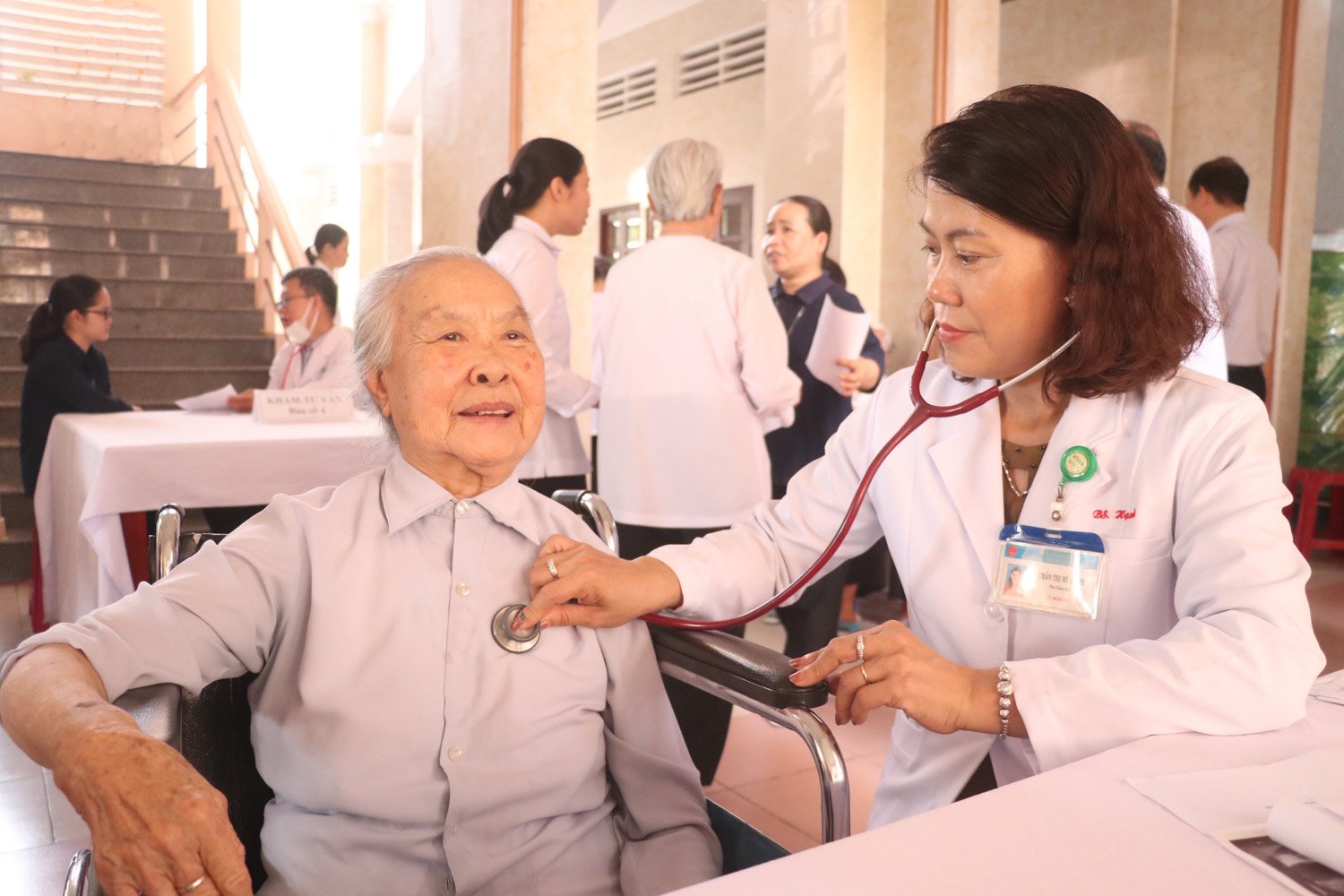
Healthcare for the elderly at Nguyen Dinh Chieu Hospital, Vinh Long province_Photo: VNA
The current situation regarding efforts to improve the quality of human resources in elderly healthcare in Vietnam.
Recognizing that population aging is an inevitable objective trend that all countries must face, Vietnam has issued many policies and guidelines to ensure healthcare for the elderly, with particular emphasis on building and improving the quality of specialized healthcare personnel. Vietnam has enacted the Law on the Elderly, creating an important legal foundation for the rights of the elderly, including the right to healthcare.
To concretize the provisions of the Law, many sub-laws have been issued, such as Decree No. 06/2011/ND-CP, dated January 14, 2011, of the Government, detailing and guiding the implementation of some articles of the Law on the Elderly; Circular No. 35/2011/TT-BYT, dated October 15, 2011, of the Ministry of Health guiding the implementation of healthcare for the elderly… These documents regulate the care and support of the elderly, and elderly care facilities; Regarding the content and responsibilities of healthcare for the elderly at medical facilities, such as the Central Geriatric Hospital (as the highest-level specialized facility), general hospitals, specialized hospitals (except for pediatric hospitals and rehabilitation hospitals), and traditional medicine hospitals with 50 or more beds, all must allocate inpatient treatment beds and organize separate examination rooms for the elderly in their outpatient departments and health stations. Based on actual healthcare needs, hospitals are also encouraged to establish Geriatric Departments when they have sufficient facilities, equipment, and personnel.
This step demonstrates the State's efforts in building a policy framework and healthcare infrastructure, aiming to develop human resources and comprehensive elderly care services that meet the requirements of Vietnam's rapidly aging population.
The National Strategy on the Elderly until 2035, with a vision to 2045, issued under Decision No. 383/QD-TTg dated February 21, 2025, by the Prime Minister, sets out the following objective: “To build and perfect a comprehensive, modern, inclusive, and sustainable system of policies on the elderly, ensuring social progress and equity. Continuously care for and improve the material and spiritual lives of the elderly; create conditions for the elderly, especially the poor, those in difficult circumstances, and those living in particularly difficult socio-economic areas, to access basic social services, especially healthcare, rehabilitation, and social assistance...”.
One of the key tasks and solutions emphasized in the Strategy is "improving the capacity of civil servants, officials, and collaborators working in elderly care." This is concretized through focusing on training and professional development to enhance the capacity of social assistance and rehabilitation staff; equipping officials, civil servants, officials, staff, and collaborators with specialized skills in social work in elderly healthcare. At the same time, the Strategy sets out the requirement to organize regular training and workshops, develop a pool of trainers for localities, encourage collaboration and cooperation with medical and pharmaceutical universities in training doctors, and improve the qualifications of medical staff and elderly care workers.
In line with these sound policies and guidelines, the improvement of human resources for elderly healthcare in Vietnam has always been a priority, achieving significant initial results. This workforce is becoming increasingly diverse, encompassing geriatric specialists (doctors, nurses) at hospitals; non-specialized caregivers; community volunteers; and staff with basic training at private nursing homes. Furthermore, healthcare workers at the grassroots level, including those at commune and village health stations, and population collaborators directly involved in elderly care in the community, are increasingly equipped with basic knowledge and skills, contributing to the expansion of the elderly healthcare network.
Notably, geriatrics departments have been established at several medical and pharmaceutical universities nationwide; geriatrics training programs for general medical students and postgraduate students have been introduced in recent years. This is an important step, contributing to laying the initial foundation for the formation and development of a specialized workforce in elderly healthcare, meeting practical needs.
However, the human resources for elderly care in Vietnam remain limited in both quantity and quality. There is a lack of a formalized elderly care workforce, no dedicated professional code, and no official training programs at the intermediate, college, or university levels. This leads to a severe shortage of personnel in the field of elderly care. The number of doctors, nurses, and medical staff specializing in geriatrics is still very modest, failing to meet the growing needs of a nation with an aging population like ours.
At the grassroots level, many commune and village health workers, population collaborators, social workers, and volunteers have not received adequate training in geriatrics, rehabilitation, nutrition, geriatric psychology, or communication skills with the elderly. In reality, most people involved in elderly care still operate based on personal experience, in a spontaneous manner, lacking professional foundations, and their role and position are not properly appreciated by society. Meanwhile, caregivers often work under high intensity and significant psychological pressure, but lack support mechanisms, leading to a high turnover rate and a serious shortage of personnel.
The biggest bottleneck in improving the quality of human resources for geriatric care today is the limitations in training. In reality, the training of geriatric nurses in Vietnam is still "not up to standard ." Training duration is limited, output standards are not given sufficient attention, and teaching materials are mainly based on general medicine, lacking specialization in the unique psychological, physiological, and complex pathologies of the elderly. There is no national standard training program specifically for geriatric nursing; the number of specialized training facilities is small, and there is a shortage of highly qualified instructors to undertake the training. As a result, the shortage of specialized personnel is increasingly evident, putting significant pressure on the existing workforce and directly impacting the quality of healthcare services for the elderly in the community and specialized facilities.
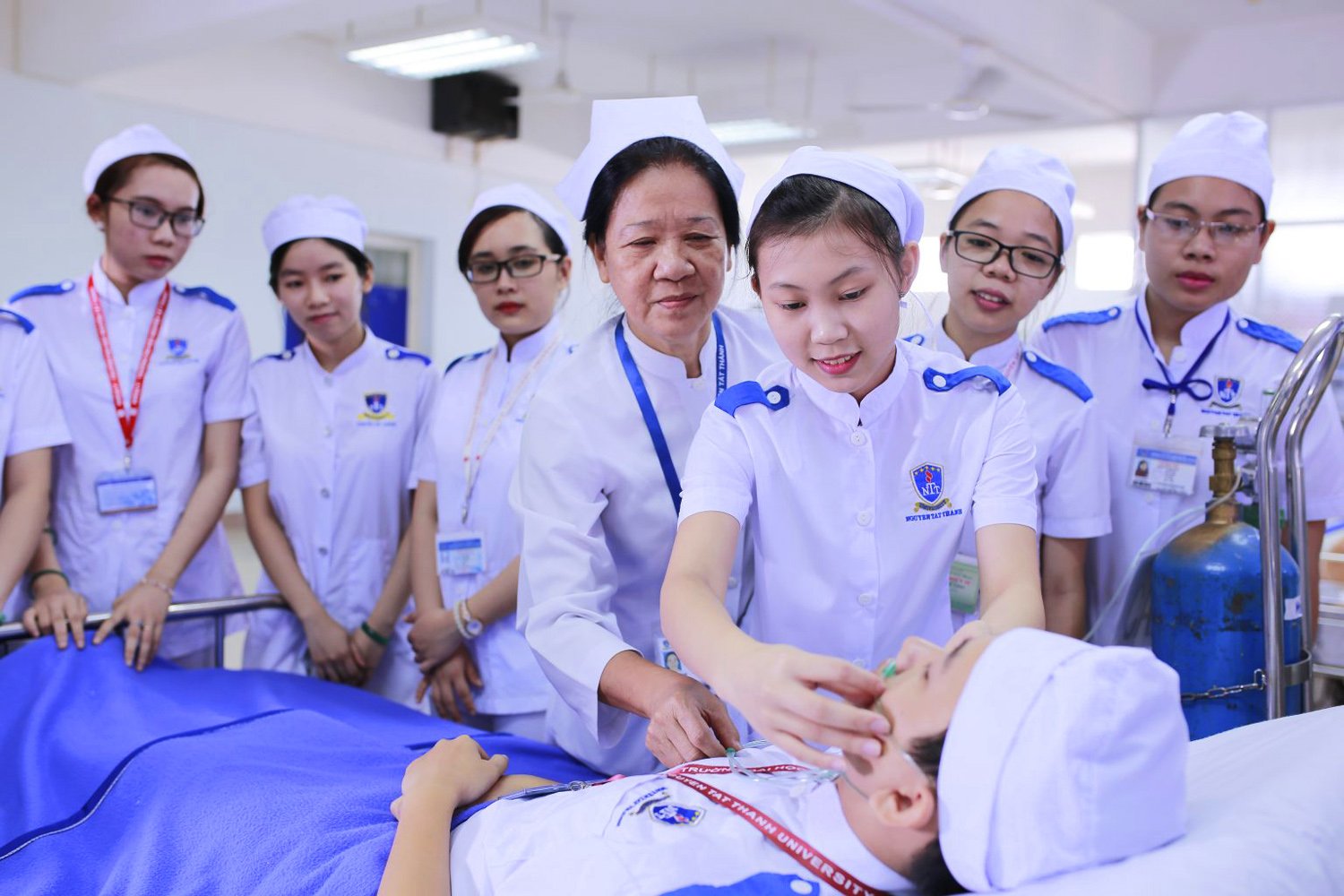
Nursing students at Nguyen Tat Thanh University during a practical session_Source: ntt.edu.vn
Solutions to improve the quality of human resources in elderly healthcare in the context of Vietnam's developing silver economy.
Rapid population aging in Vietnam is an inevitable and irreversible trend. If properly identified and addressed, it will not only be a challenge but also a crucial driving force for sustainable development. The formation and expansion of the silver economy is creating a huge potential market, with human resources for elderly care considered central.
To adapt to trends, seize opportunities, and promote the development of the silver economy, Vietnam needs to focus on implementing the following basic solutions:
Firstly, it is necessary to raise community awareness and societal responsibility regarding the care of the elderly, as well as the importance of the caregiving profession in modern life. Integrating education on respecting, caring for, and appreciating the elderly into school curricula, combined with mass media, will contribute to building a friendly social environment that values the role of the elderly. Promoting awareness and honoring caregiving staff will affirm that the profession of caring for the elderly is an important, humane profession that makes a practical contribution to society.
The gradual development and standardization of the profession of elderly healthcare workers will help Vietnam proactively respond to the increasing demand in the context of an aging population. This not only provides a basis for ensuring comprehensive care, both physically and mentally, for the elderly, but also opens up prospects for becoming a potential industry with millions of jobs, promoting the development of the social service system and directly contributing to the socio-economic growth of the country.
Secondly, it is necessary to improve policies and the legal framework for building and developing human resources for elderly healthcare. To meet practical requirements, Vietnam needs to urgently develop a silver economy development strategy that is appropriate to the context and characteristics of its population, focusing on developing geriatric medical personnel and elderly healthcare professionals. The strategy must be long-term, groundbreaking, and closely integrate the improvement of the legal system with strong investment in specialized training. The silver economy should not only serve economic growth but also act as a tool for the State to fulfill its social functions, ensuring social security for the elderly. High political commitment is needed, along with increased awareness among policymakers and managers at all levels regarding the effective issuance and implementation of labor, employment, and social security policies to adapt to the aging population in this new phase.
One of the key tasks is to review, supplement, and improve the relevant legal framework, while simultaneously developing specific mechanisms and policies regarding salaries, allowances, and appropriate benefits to attract and retain geriatric healthcare personnel, especially at the grassroots level and in preventive medicine. Alongside this, the State needs to refine the legal framework to encourage social participation and attract organizations and individuals to invest in the development of nursing homes and high-quality healthcare facilities, thereby diversifying types of care services in homes and communities, better meeting the increasingly diverse needs of the elderly.
Thirdly, establishing professional standards for elderly care workers is crucial to professionalizing the workforce in this field. Developing these standards is essential to clearly define the criteria, functions, responsibilities, scope of activities, and professional training content for elderly healthcare workers. These standards should specifically define the qualifications, competencies, and ethical qualities required of caregivers, meeting the increasingly high demands for healthcare services in the context of an aging population.
Those providing care for the elderly must possess a solid understanding of basic medical knowledge to ensure the health and safety of their patients, including regular health check-ups and monitoring, nutritional management, medication management, and basic care techniques. Furthermore, in addition to medical knowledge, soft skills such as intellectual and emotional intelligence are crucial for improving service quality, including effective communication, emotional management, and empathy towards the elderly. The profession of caring for the elderly demands a strong ethical commitment, dedication, honesty, and a love for the job, as the work is demanding, high-pressure, and can easily lead to physical and mental exhaustion.
Establishing professional standards with specific requirements for qualifications, skills, and qualities not only helps professionalize the workforce but also creates a foundation for forming a high-quality caregiving team capable of providing comprehensive and effective services to meet the increasingly diverse needs of the elderly.
Fourth, strengthen specialized training in geriatrics and elderly healthcare . Human resources for elderly healthcare need in-depth training in specific areas, including physical care, mental care, and support for daily living activities. Therefore, it is necessary to research and develop systematic and scientific training programs and curricula on care and rehabilitation for the elderly, while also emphasizing social work skills to support this unique group. Training content must be standardized, closely integrating theory and practice, ensuring it is appropriate to the physical and mental health characteristics and meets the diverse needs of the elderly.
Medical universities and colleges need to expand their training programs in geriatrics, social work, and elderly care. Simultaneously, short-term training courses and skills development programs should be organized for the workforce currently working in the field; emphasis should be placed on specialized training to ensure staff possess the necessary knowledge and skills to support both the physical and mental health of the elderly. Furthermore, it is necessary to encourage personnel in the nursing and elderly care sector to participate in regular training programs, enhance international experience exchange, and contribute to improving the quality of care services, gradually creating a high-standard working environment that meets the increasingly diverse needs of the elderly.
Fifth, develop policies to support financial assistance, health insurance, and social insurance to ensure stable benefits and income for those working in elderly healthcare . Elderly healthcare is a specialized field, requiring high work intensity, significant pressure, and frequent exposure to infectious diseases and occupational hazards. Without knowledge, skills, dedication, patience, and a sense of responsibility, it is difficult for workers to stay in the profession long-term. Therefore, designing and implementing policies to support financial assistance, health insurance mechanisms, social insurance, and appropriate reward systems is an urgent requirement to encourage, retain, and develop a high-quality workforce in this field.
Besides state guarantees, it is necessary to expand the mechanism of social mobilization to attract resources from the private sector to participate in the development of elderly care services. This is both a solution to reduce the burden on the budget and contribute to diversifying service types, while also demonstrating social recognition and appreciation for the important contributions of the elderly healthcare workforce to sustainable socio-economic development.
Sixth, promote the application of science and technology in the training, care, and health monitoring of the elderly, aiming to reduce the workload for staff while improving work efficiency and the quality of care services in a comprehensive and individualized manner. Applications of modern science and technology, such as electronic medical records, remote monitoring systems, online examinations, treatments, and consultations, while unable to replace the central role of humans in healthcare, are powerful tools that help medical staff work more efficiently, make more accurate decisions, and ensure timely and attentive care for the elderly.
The above analysis shows that, in order to proactively anticipate the silver economy, Vietnam needs to quickly develop and implement a national-level policy system related to the elderly, linked to sustainable development orientations. Developing a workforce for elderly healthcare, both in the community and at specialized facilities, must be prioritized in terms of scale, quality, and level of specialization. In the context of a rapidly shifting population structure, as the "golden age" of population is gradually ending and society enters an aging phase, the State, businesses, and society as a whole need to proactively seize the opportunities offered by the silver economy.
By learning from the experiences of more advanced countries, and systematically implementing solutions such as standardizing training, building appropriate incentive policies, perfecting the legal framework, and promoting the application of science and technology, Vietnam can transform the challenge of an aging population into a new driving force for economic development, contributing to a higher quality and happier life for the elderly, and making a positive contribution to the prosperous and sustainable development of the country.
----------------------
(1) See: General Statistics Office, “Vietnam Population Forecast 2019 - 2069”, Hanoi, November 2020, https://vietnam.unfpa.org/sites/default/files/pub-pdf/sach_dan_so_va_du_bao_dan_so_a4_vn_2106.pdf
Source: https://tapchicongsan.org.vn/web/guest/kinh-te/-/2018/1154603/nang-cao-chat-luong-nguon-nhan-luc-cham-soc-suc-khoe-nguoi-cao-tuoi-trong-boi-canh-nen-kinh-te-bac.aspx







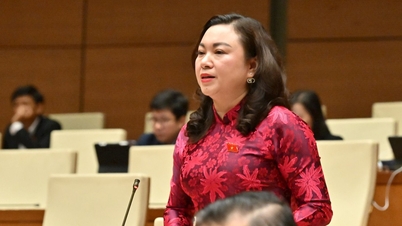

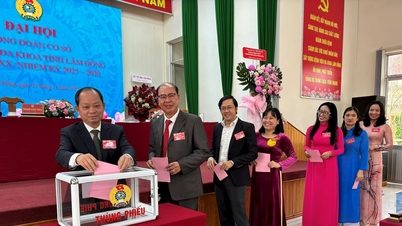

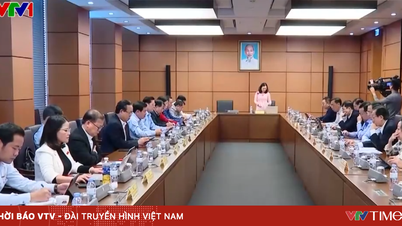

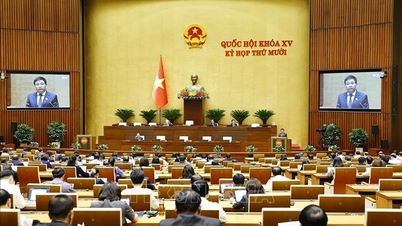



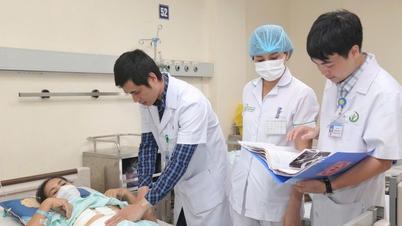
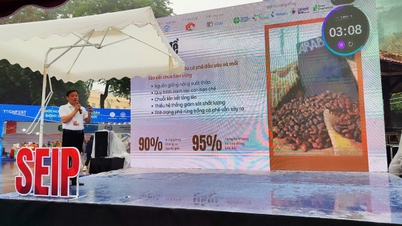

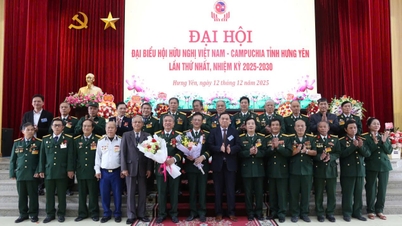
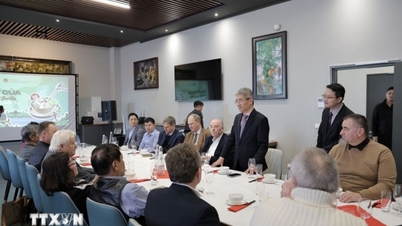


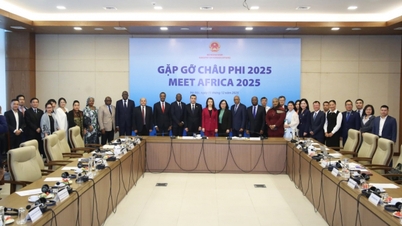
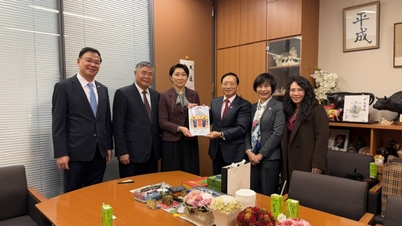




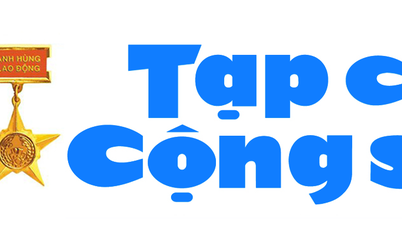
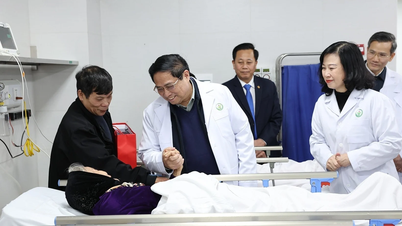
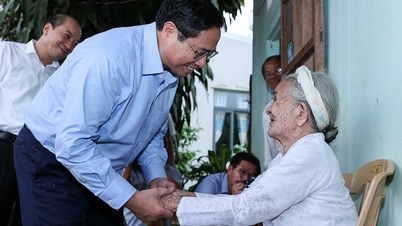
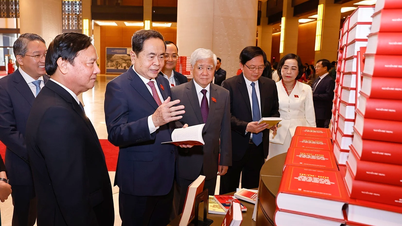
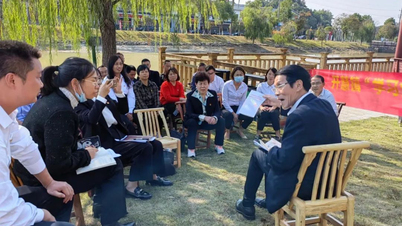
















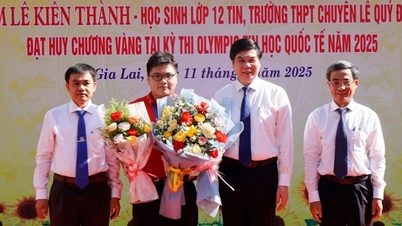


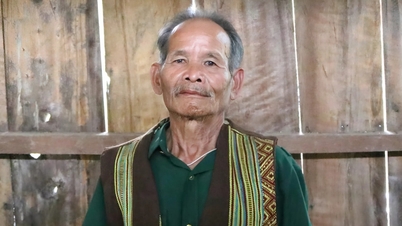





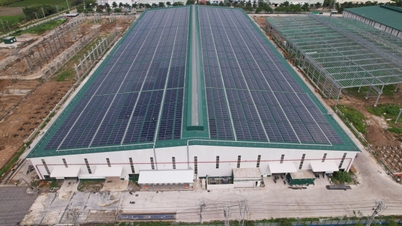


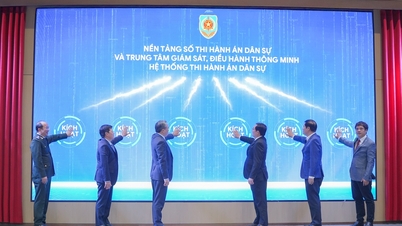











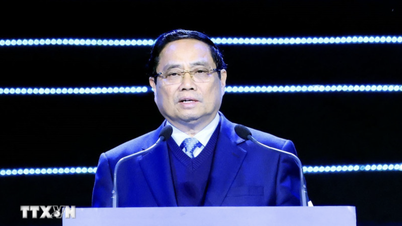




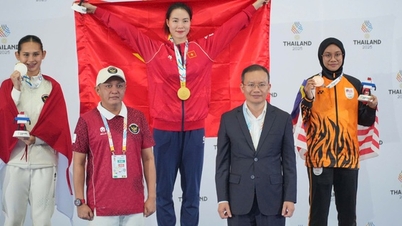

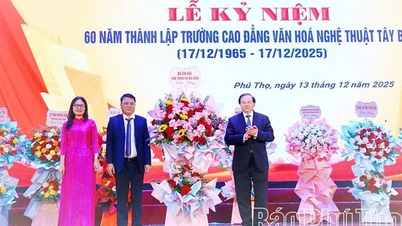
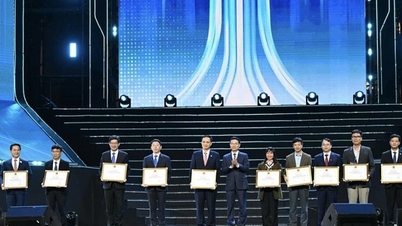
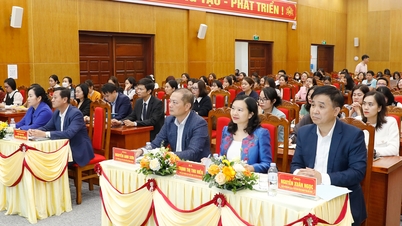

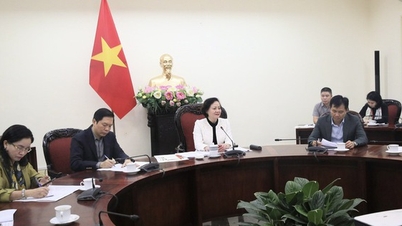
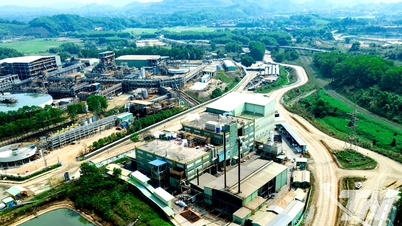

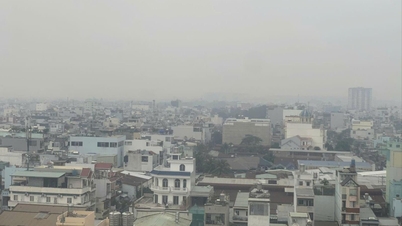



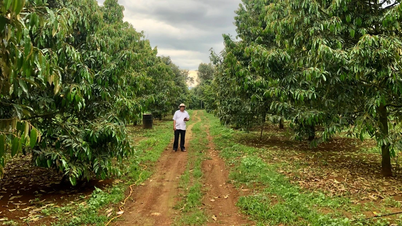


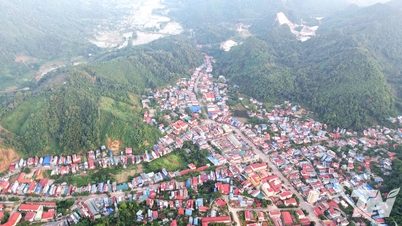










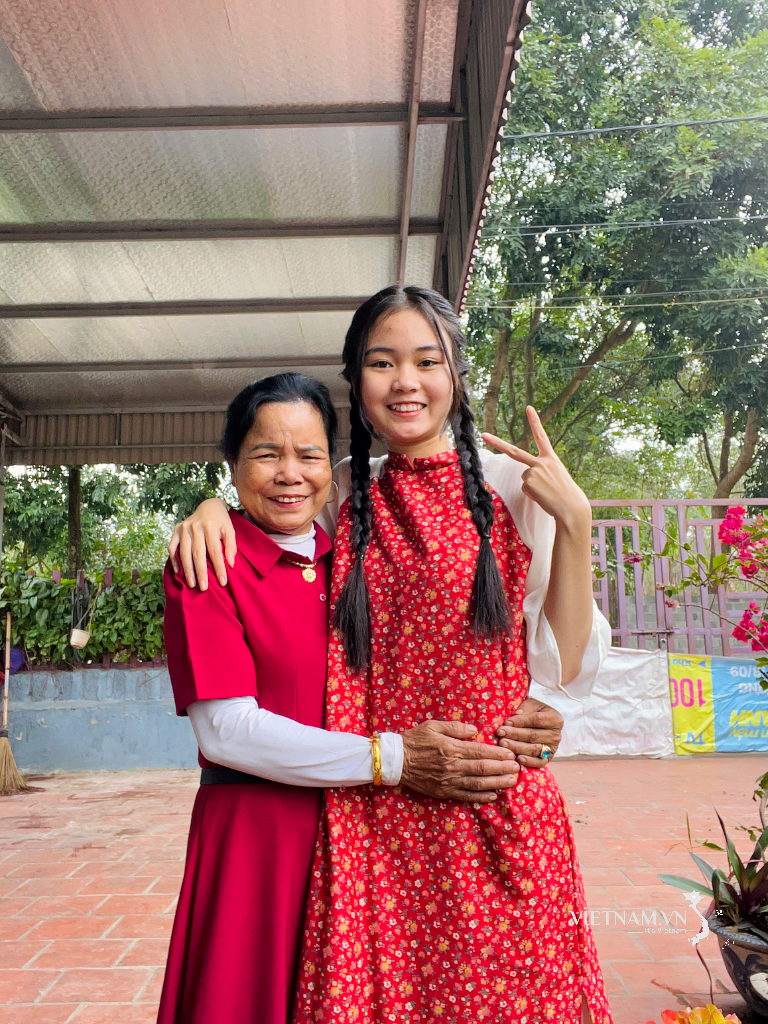

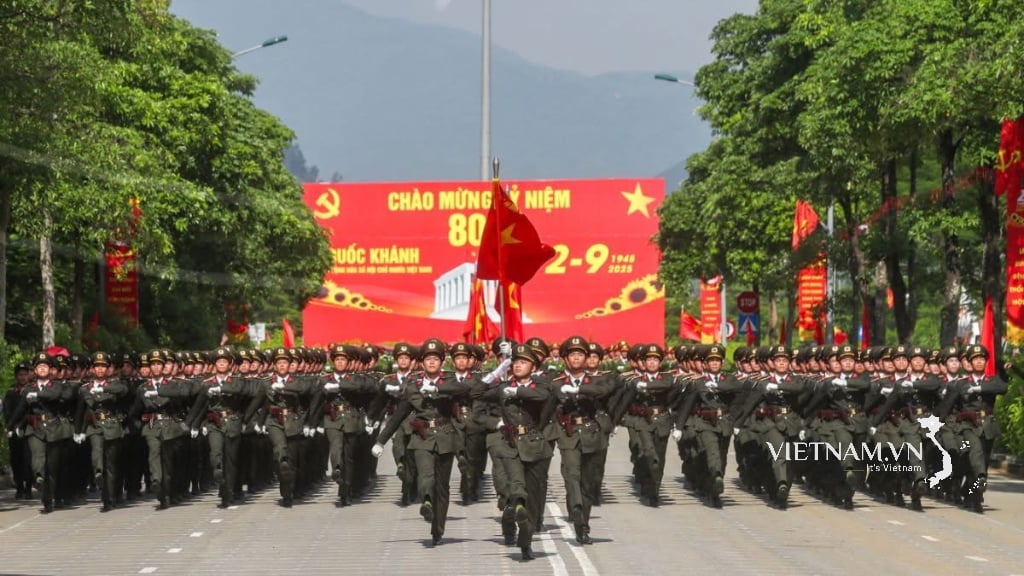
Comment (0)